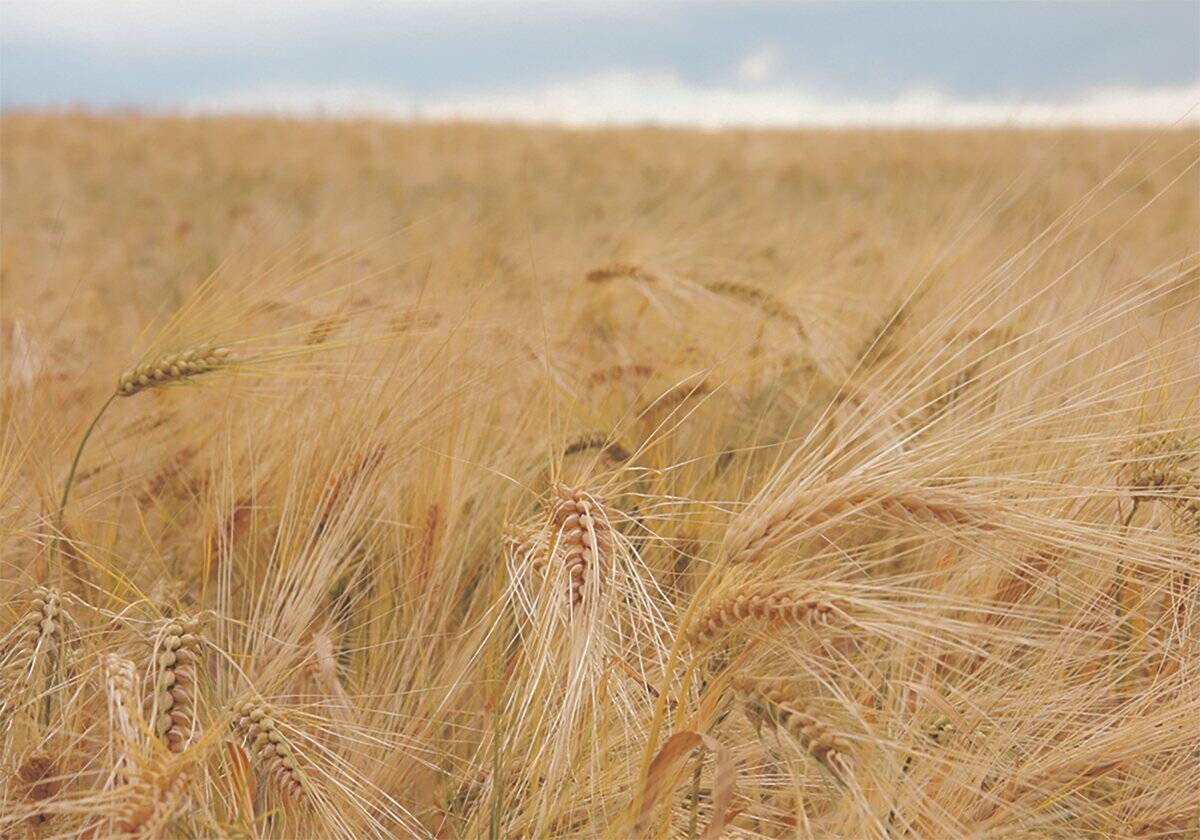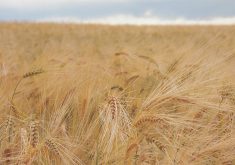It’s been more than a year since the Canadian Agri-Food Policy Institute released a report that brutally described the deficiencies in Canada’s beef industry.
The report, titled Canada’s Beef Food System, said the country’s beef sector has no strategy or vision and is complacent and falling behind other countries.
CAPI president David McInnes said Canada’s beef sector still has its challenges, but the report, which was published last September, hasn’t been ignored.
“To the credit of the sector, there’s been a lot of response since the publication of our report. There is an increasing appetite to work differently,” he said, noting the report was based on more than 80 interviews with ranchers, feedlot operators, food service companies, retailers and representatives of industries outside the beef sector.
Read Also

Feed grains: Australia looking at another large barley export program
Australia’s 2025/26 barley harvest is underway and early expectations for a record should see the country as an active participant in the world export market going forward.
It said Canada’s beef exports to the United States dropped to $877 million in 2011 from more than $1.5 billion in 2005, while imports from the U.S. increased to $835.1 million in from less than $200 million.
“The erosion of Canada’s trade balance is a strong signal of a loss of competitiveness,” the report said.
As well, A&W announced this past September that it is now serving hamburgers with no-added hormones at its 770 restaurants in Canada. A&W is importing beef from Australia and the United States to supply its 770 restaurants because there isn’t enough supply of hormone-free beef in Canada.
McInnes wasn’t willing to comment on the A&W decision because it occurred well after the CAPI report was published.
Yet, as noted in the report, today’s consumers consider more than just price when they buy a sirloin steak or a Mama Burger.
“Food purchases are becoming an ethical calculation for discerning consumers,” the report said.
“How Canada’s beef sector interprets and responds to these requirements is vitally important.”
McInnes said the beef market has become complex.
“(It) is very challenging to understand what does the consumer really want and need, but therein is the opportunity.”
The Alberta Livestock and Meat Agency responded to the report by spearheading an effort to transform Canada’s beef industry. ALMA helped organize beef summits in the last year that it described on its website as a bipartisan gathering of people committed to Canada’s beef sector, including JBS, Cargill, McDonalds, Alberta Beef Producers, Canadian Cattlemen’s Association, Canada Beef Inc. and the Western Stock Growers’ Association.
“This is a private sector initiative to collectively create a new paradigm of selling Canadian beef to increase profitability and sustainability for all sectors,” ALMA said.
Following the summits in Calgary and Toronto, the group created four task forces to examine particular challenges in the beef sector and ultimately develop a new industry strategy.
McInnes said the ALMA initiative is encouraging because the CAPI report noted the beef industry lacked co-operation and collaboration.
He said alignment within all levels of the beef supply chain is critical if the sector wants to find answers to critical questions such as what attributes consumers want in their food, how to be more responsive to consumer expectations and how to differentiate Canada’s beef in an evolving marketplace.















